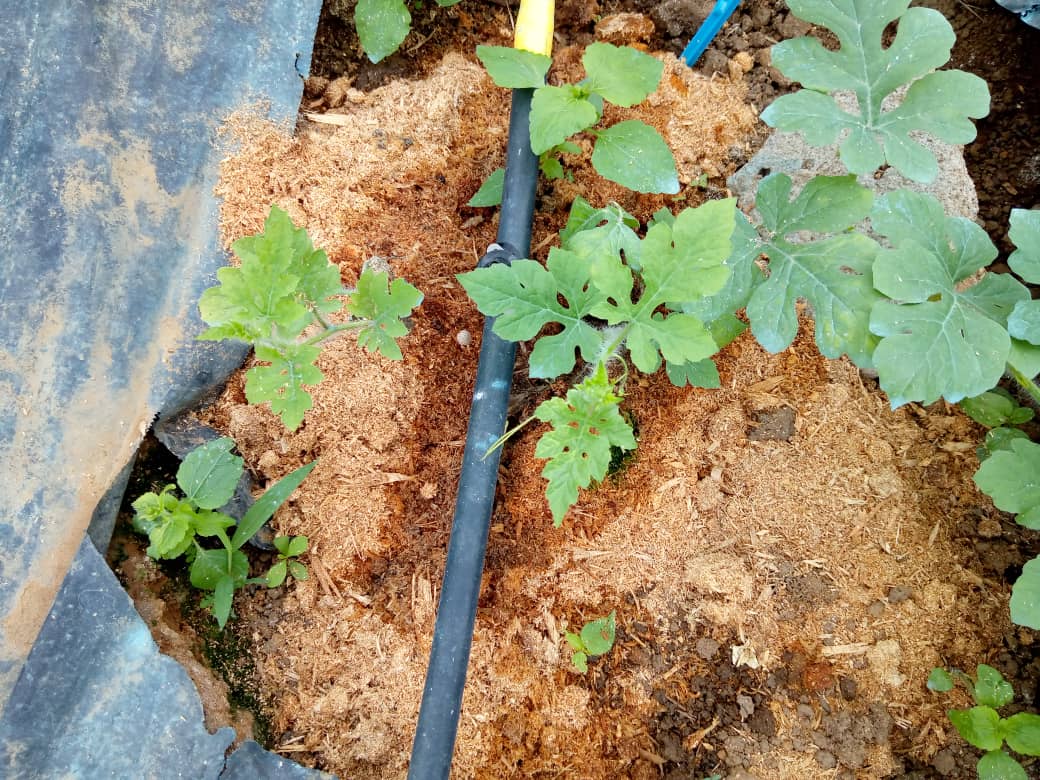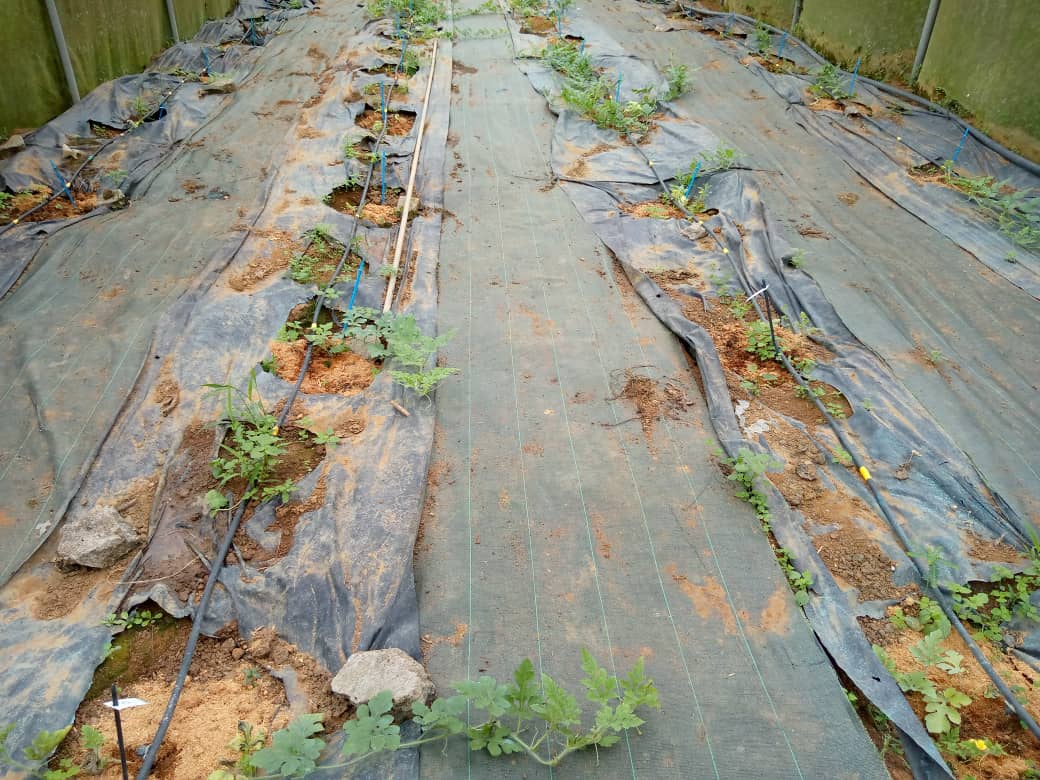
Mulching is a technique that involves covering the soil around plants and other cultivated vegetation with mulch. It involves covering topsoil with plant or synthetic material such as leaves, grass, twigs, crop residues, straw, plastic film, stones, etc. Mulching has a number of advantages: firstly, it helps to mitigate the effects of excessive heat and dry ground. It helps to retain rainwater and regulate it in the event of heavy downpours. Finally, it helps to avoid temperature variations and maintain a more even temperature at ground level.
Mulching also offers another, not insignificant, advantage: it limits the development of weeds, and therefore the chore of weeding. Some more difficult weeds will still manage to get through the mulch. They enrich the soil with organic matter and provide refuge for beneficial insects and microorganisms. The various types of mulch help to reduce erosion caused by rain and wind, which can lead to crusts on the surface of the soil.

Mulching also limits water evaporation and keeps the soil cool. So it’s very beneficial in the hot season, and will keep your plants healthy. Last but not least, mulch adds an aesthetic touch to a flower bed or vegetable garden. There is a wide range of mulches, divided into three types:
• Organic mulches: this type includes crop residues, cover crops and plant material from tree or hedge pruning (small branches, cuttings, twigs, sawdust, etc.).
• Mineral mulches: these keep the soil warm, and are best suited to crops that like it hot. Examples include pottery debris, clay balls, pozzolana and crushed slate.
• Synthetic mulches: these are effective mulches. They are used to block out weeds. Plastic mulch cloths prevent natural elements such as dead leaves from enriching the soil. Over time, your soil may become less rich in nutrients. There are biodegradable mulchcloths that crumble over time, providing essential elements for your crops to thrive.
Nous rejoindre sur Facebook
Télécharger l'application Technisem



